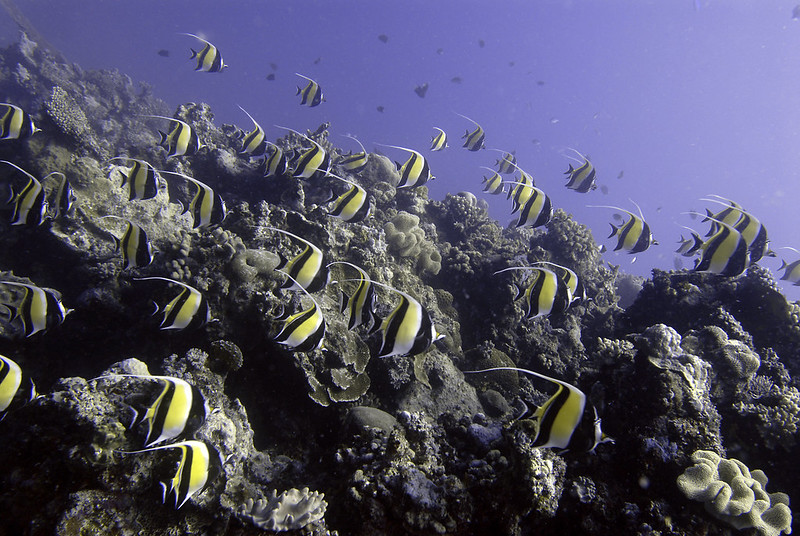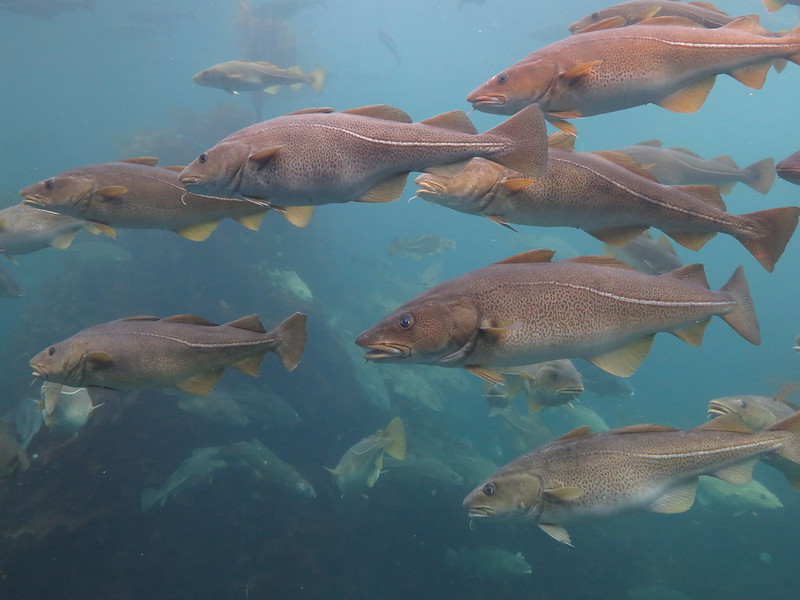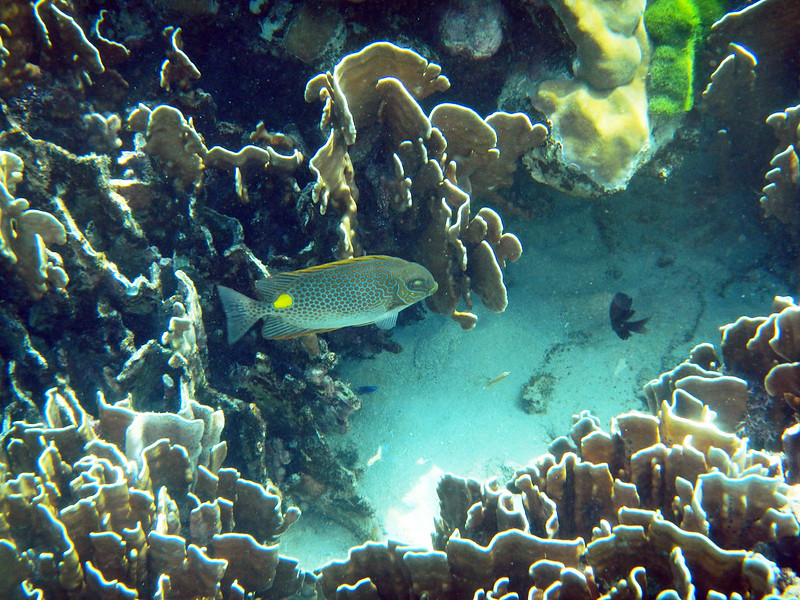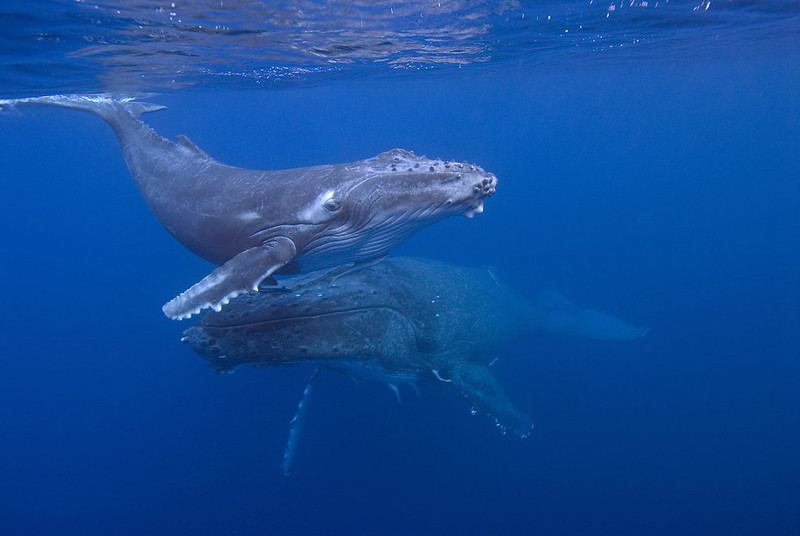Many are already looking at 2020. The UN Convention on Biological Diversity (CBD) then will have to decide on the “Post 2020 targets” for safeguarding biodiversity on earth. As LT&C understands itself as a support organisation for the so-called “Aichi targe 11” to reach 17% on land and 10% of the oceans being protected by 2020, we will be very interested to see next year how far we have come and how much tourism has plaid a decisive role. The discussion now has already started whether we don’t need much more ambitious targes for 2030 if we really want to hold the degradation of biodiversity. For the marine environment, it is the mission of the influential network of marine scientists, Ocean Unite, that at least 30% (and not only 10%; and even that will barely be reached by 2020) should be the new target. As LT&C has sympathy for this mission and can think of making it to its own from next year, we like to reprint in the following an article from The Navigator of Ocean Unite from last week:

A school of Moorish Idols cruise over the reef, Ha’apai, Tonga. Photo: Glenn Edney/GRID-Arendal 
Atlantic Cod. Photo: Peter Prokosch/GRID-Arendal
“2020 will also be a huge year for marine biodiversity in general – and not just on the High Seas. Along with the 2020 UN Ocean Conference, it’s crunch time for the Convention on Biological Diversity (CBD). Negotiations start on a new round between now and the COP15 UN Biodiversity Conference of hopefully ambitious biodiversity targets for 2030, in Kunming, China, October 2020. This new Global Deal for Nature couldn’t come at a more pertinent time, especially with the recent IPBES and IPCC reports putting the science front and center, nature showing us how angry it is through storms, fires and floods, and Extinction Rebellion, youth and citizens standing up around the world through all the climate marches, exploding the need for action into the public consciousness.
Negotiations for a new Global Deal for Nature got underway at the end of August in Nairobi with the first session of a working group. The next one is scheduled for February 2020. To help move the discussions along, from the 13th-15th November the CBD will be hosting a thematic workshop on marine and coastal biodiversity for the post-2020 global biodiversity framework, in Montreal, Canada. The aim of the meeting is to get views on what Ocean-related elements should be included in this new deal for a post-2020 global biodiversity framework. The outcomes of the discussions will form the basis of a report that will input into the formal discussions for the new targets.

Coral reef, Mu Ko Lanta Marine National Park, Thailand. Photo: Peter Prokosch/GRID-Arendal 
Humpback whale mother and calf, Ha’apai Islands, Tonga. Photo: Glenn Edney/GRID-Arendal
When it comes to the Ocean, we need to ensure that this new Global Deal for Nature includes a new target that ensures at least 30% of the global Ocean is fully and highly protected by 2030. This target is nothing new – in fact – back in 2016, IUCN members voted for such a 30% MPA target at their World Conservation Congress. This #Ocean30x30 aim is a big step up from the already agreed 10% protection target the international community agreed back in 2010 to achieve by 2020. Since then, the science has become even clearer: we need to be more ambitious if we want a healthy and resilient Ocean. A connected global network of strongly protected MPAs, from the Arctic to Antarctica, and everywhere in between, will be essential to help continue and make sure the Ocean continues to provide us with food, livelihoods, oxygen, and protection from the worst impacts of climate breakdown.
Click here to find out more about the preparation for the post-2020 framework and the timeline.“



